Setting the Foundation for Efficient Antiques Stock Management
The art of managing antique stock goes beyond mere storage; it’s about preserving history, maintaining value, and ensuring accessibility. This chapter lays the groundwork for an organized and efficient antique stock management system.
1.1 Defining Your Inventory Categories: Start by categorizing your antiques into meaningful groups. Consider organizing by type (furniture, porcelain, artwork), age, origin, material, or any other relevant criteria. This categorization will be the backbone of your organizational structure.
1.2 Inventory Tracking System: Implement a reliable inventory tracking system. This could be a manual spreadsheet, specialized inventory management software, or a combination of both. Ensure each item is assigned a unique identifier and is recorded with essential details such as acquisition date, provenance, condition, and value.
1.3 Storage Considerations: Choose a suitable storage space that is climate-controlled, secure, and spacious enough to accommodate your inventory. Different antiques may require distinct environmental conditions to prevent deterioration.
Streamlining Organization Techniques for Antiques Stock
Efficient organization techniques are essential to not only keep track of your antiques but also to ensure their preservation and accessibility. This chapter delves into practical strategies for categorizing, labelling, and arranging your antique stock.
2.1 Categorization Refinement: Expand on the categories established in Chapter 1. For example, within the “Furniture” category, you could have subcategories like “Chairs,” “Tables,” and “Cabinets.” Fine-tuning your categories makes retrieval faster and more intuitive.
2.2 Labelling and Tagging: Label each antique with a unique identifier that corresponds to its entry in your inventory tracking system. Attach the label discreetly, ensuring it doesn’t damage the item. Consider using archival-quality materials for labelling to prevent degradation over time.
2.3 Display and Access: Strategically organize your antiques based on factors such as size, fragility, and frequency of use. Items that need regular access should be placed at a reachable height, while more delicate pieces might be better suited for controlled storage.
2.4 Digital Documentation: Take high-quality photographs of each antique and link them to their respective inventory entries. This visual documentation aids in identification, provenance research, and online sharing for potential buyers.
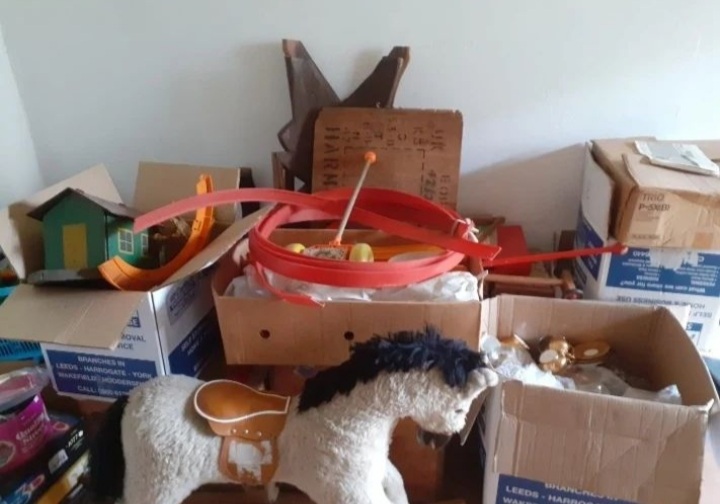
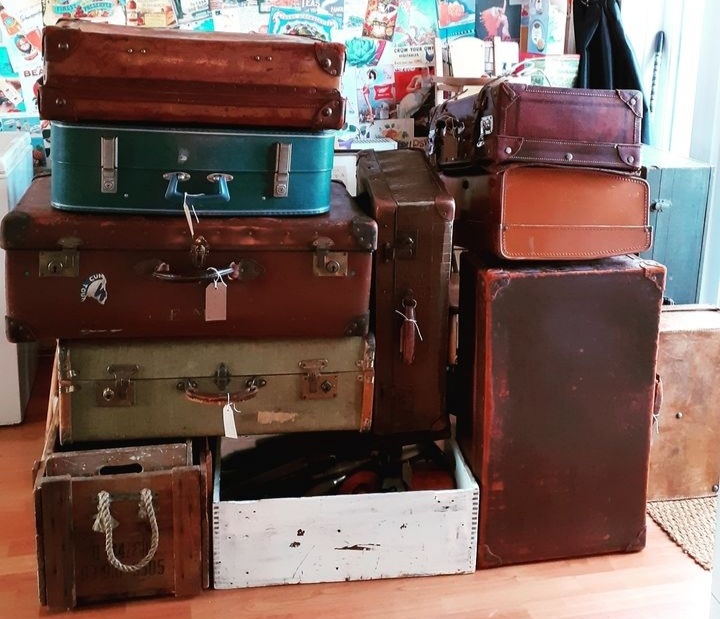
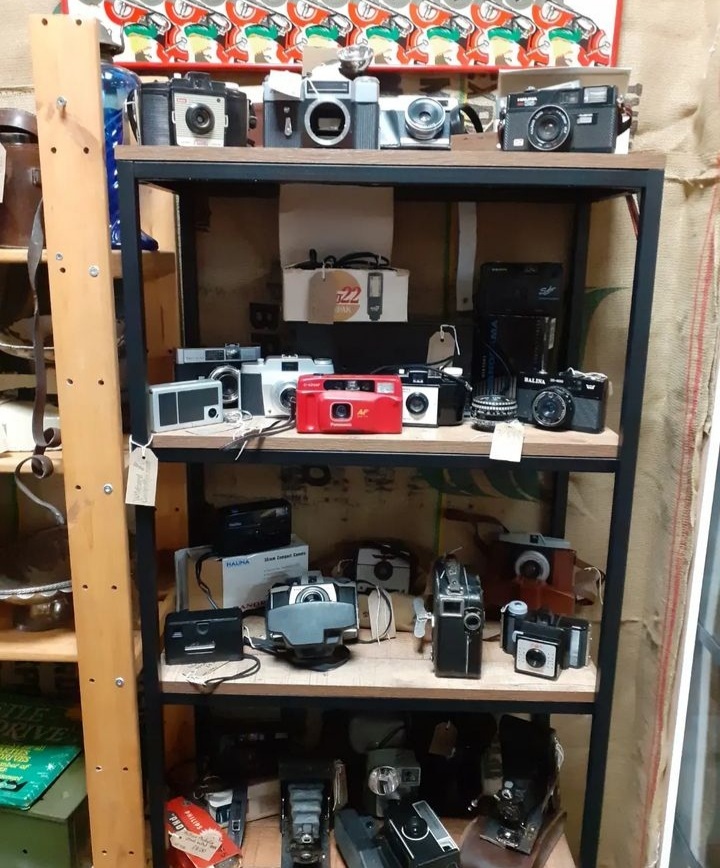
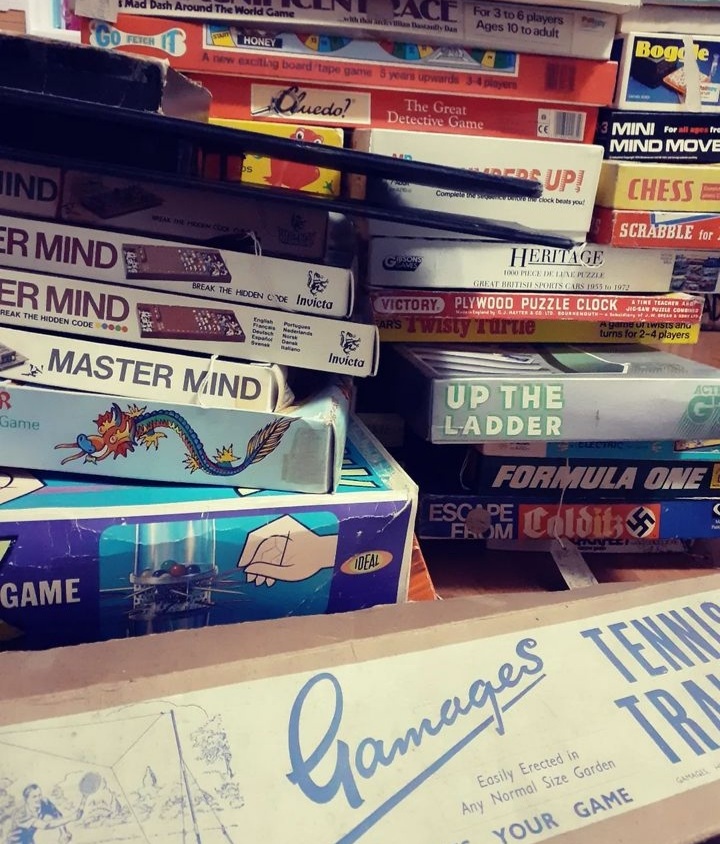
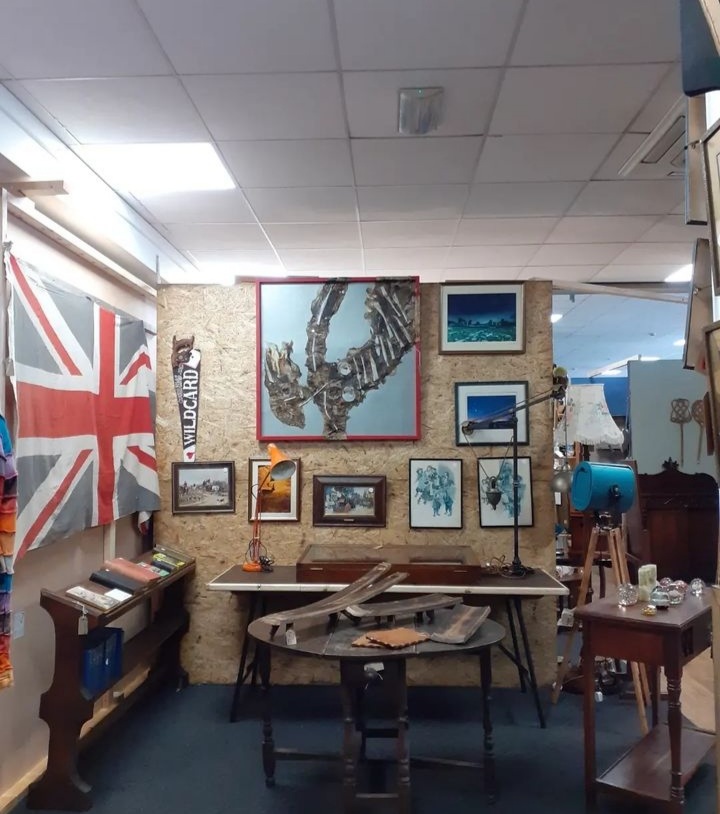
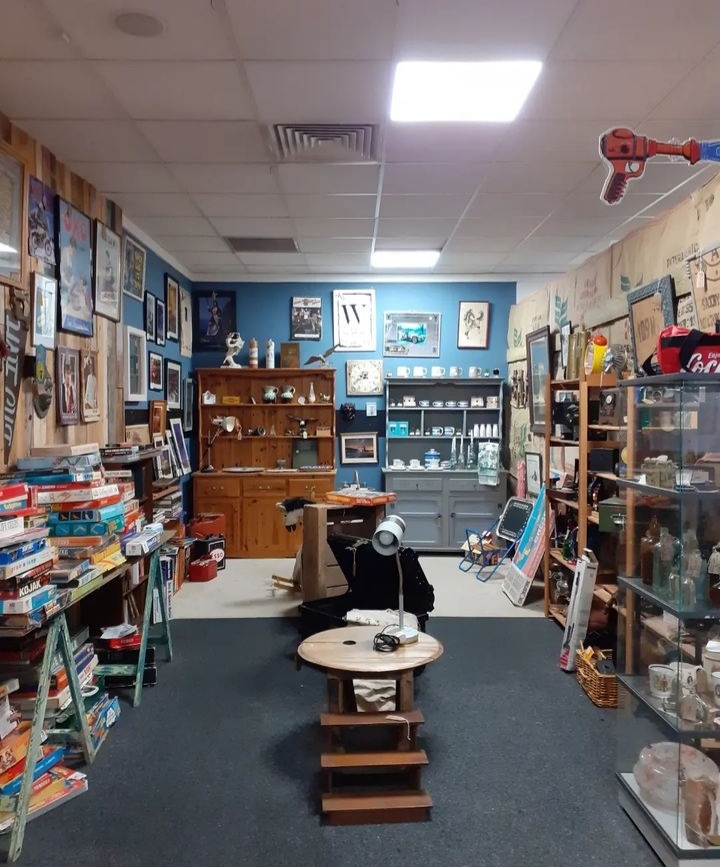
Maintenance, Security, and Adaptation of Your Antiques Stock System
Organizing your antiques stock is an ongoing process that requires maintenance, security measures, and adaptation to changing circumstances. This chapter focuses on preserving the condition of your inventory and adapting your organizational strategies over time.
3.1 Regular Inventory Audits: Schedule routine inventory audits to ensure that your physical inventory matches your digital records. This helps identify any discrepancies, missing items, or potential issues with item condition.
3.2 Conservation and Preservation: Implement proper conservation practices to prevent deterioration of your antiques. Use appropriate materials for storage, display, and cleaning. Consider consulting with conservation professionals for more delicate or valuable items.
3.3 Security Measures: Implement security measures to safeguard your antiques from theft, vandalism, and environmental hazards. This could include security cameras, alarms, fire prevention systems, and insurance coverage.
3.4 Flexibility and Adaptation: As your antique collection grows or changes, be ready to adapt your organizational structure. Re-evaluate your categorization and storage methods periodically to ensure they remain effective
Conclusion
Organizing your antiques stock is a meticulous but rewarding endeavour. By following the principles outlined in this guide, you can create a system that not only preserves the historical and monetary value of your collection but also enhances your ability to appreciate and share these treasures with others. Also remember that sometimes stock is acquired that no longer meets the trend for the current market. Take time to figure out if these items require safe storage for a little while and a catalogue system required for this. If not it may be worth looking to sell at a reduced cost, place into auction or seek trade with others who are in the antiques industry. This allows space to become free for further, exciting new stock. Don’t forget to make sure you log everything in your new easy to use stock management system.
Where to find us
Wildcard Curiosities is based in Freemen’s Common Antique Centre, 8 Counting House Road, Leicester, LE2 7LT.
The centre is open from Tuesday – Friday 10am-4pm Saturday 10am-5pm and Sunday 10am-4pm.
There is a café and toilets on site
Online we can be found via the below link.
